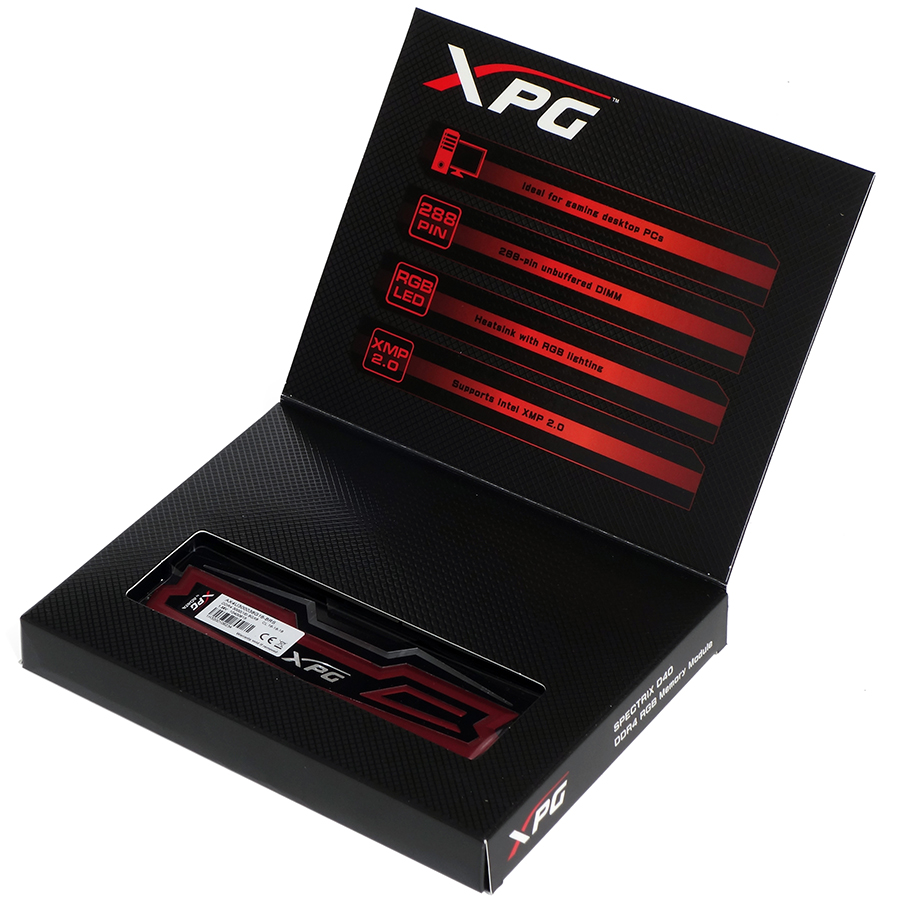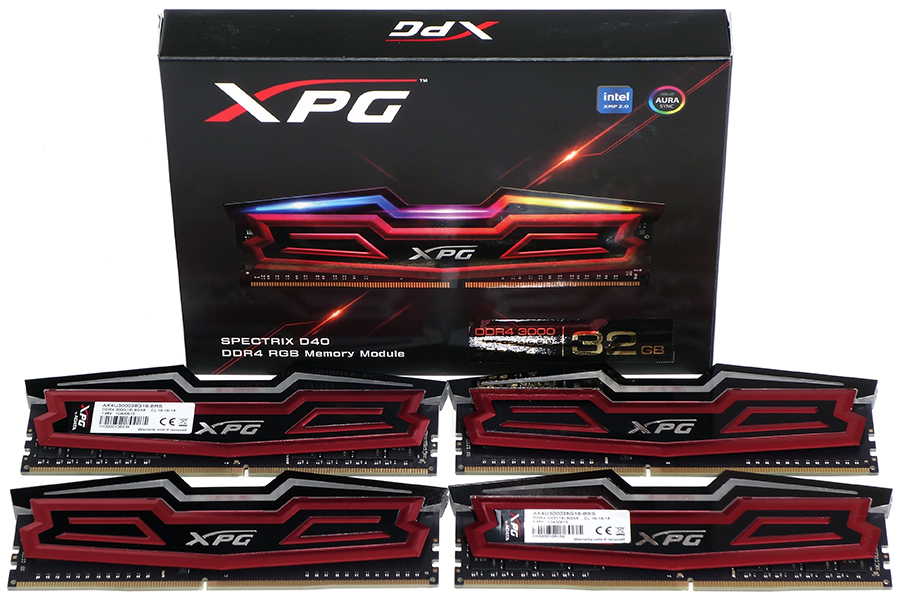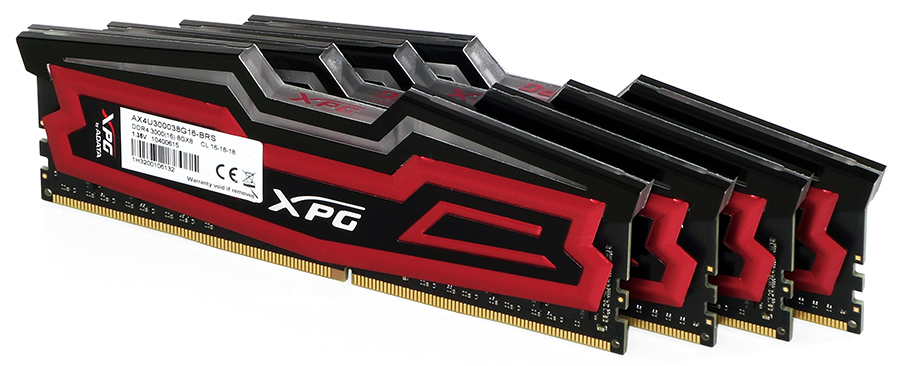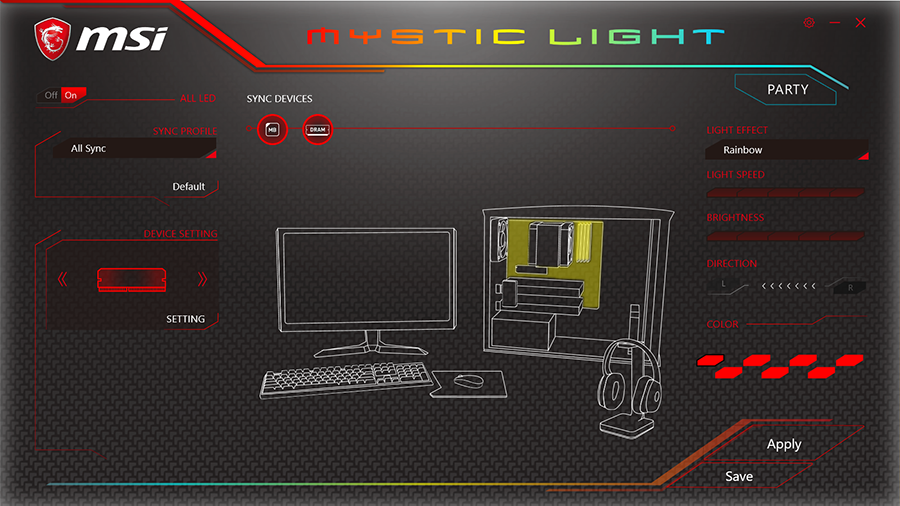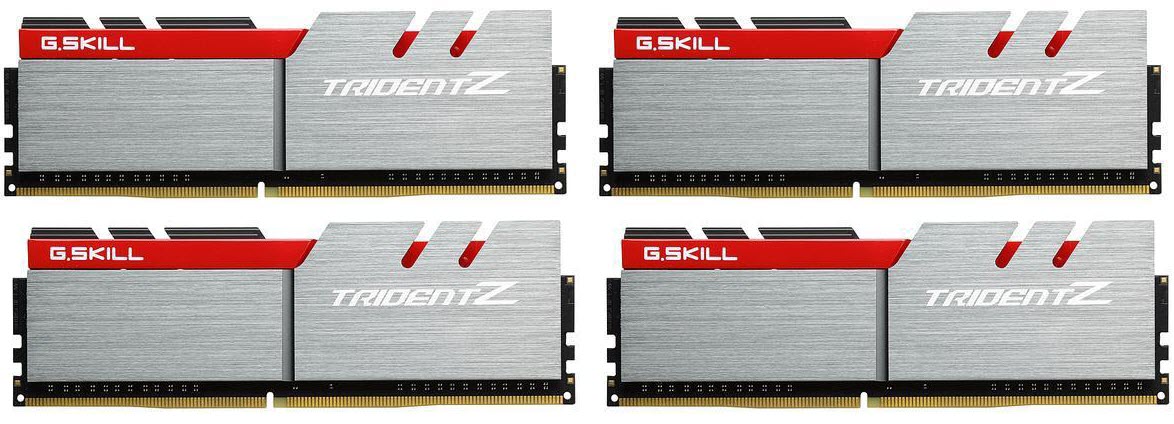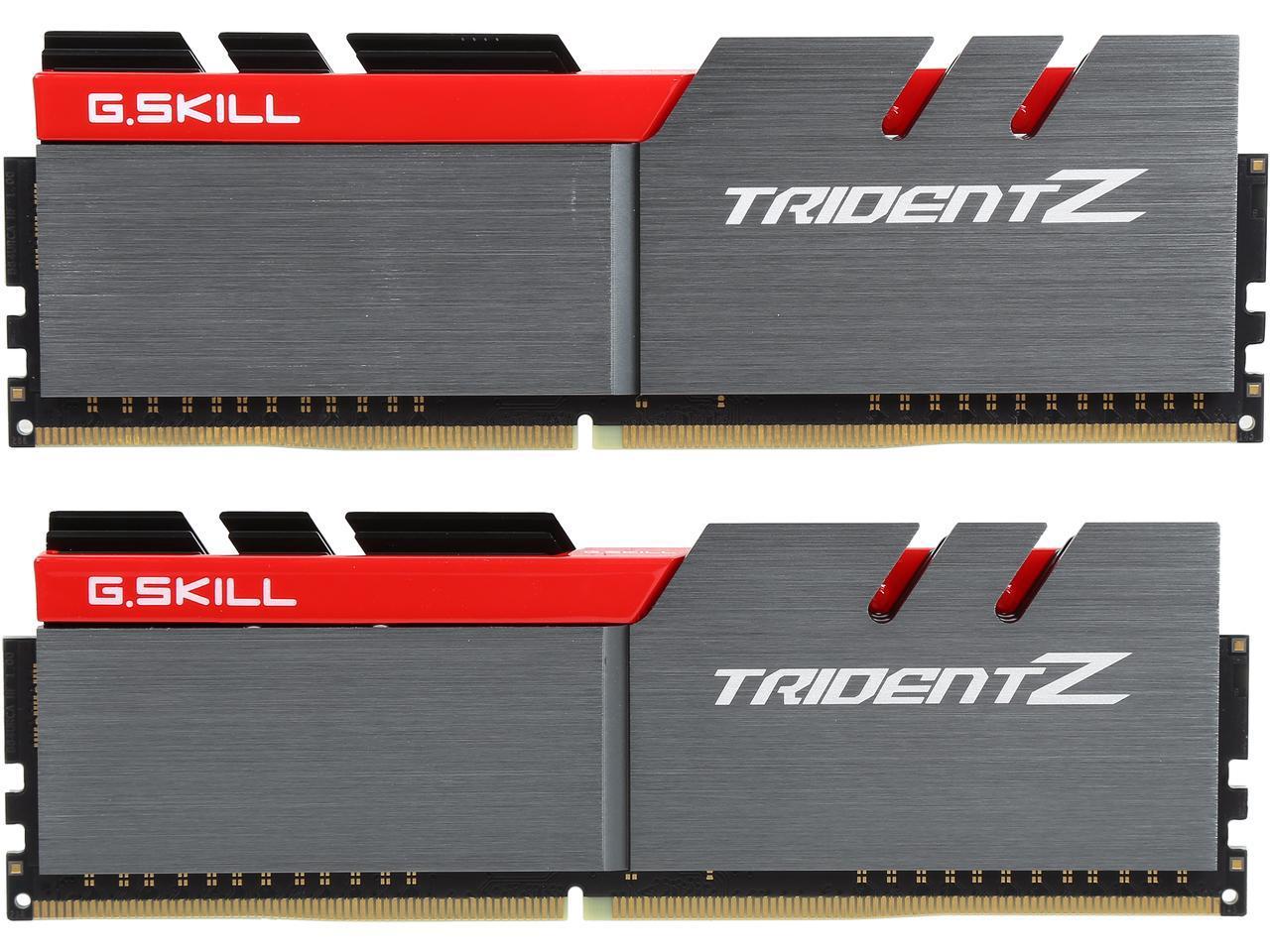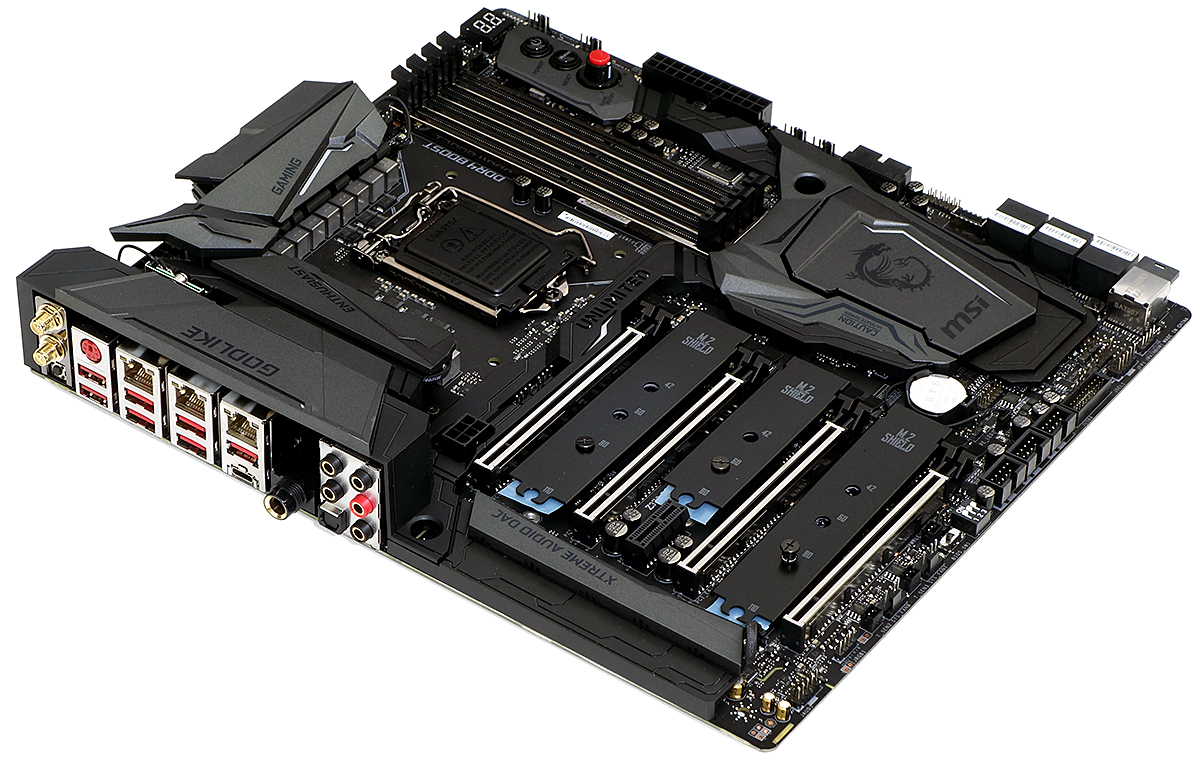Early Verdict
Adata charges less for RGB than some of its competitors, and offers its own RGB control program. Those in the market for RGB lighted DDR4-3000 might just find that combination a perfect formula for value.
Pros
- +
RGB lighting compatible across multiple platforms
- +
Available software adds RGB, via DIMMs, to non-RGB platforms
- +
Good tuning and overclocking capability
- +
Includes DDR4-2666 and DDR4-2400 modes for non-XMP systems
Cons
- -
Loose XMP timings
Why you can trust Tom's Hardware
Specifications & Features
RGB lighted memory has been around for a while, yet most of those modules have required either external control or solutions like Asus’ proprietary software to change lighting modes. Adata has its own control software, but this RAM set also works with the software of most major motherboard brands.
The default Rainbow mode shown above is unsynchronized, which is, well, great for displaying multiple colors in a single photo. All the software options add color synchronization.
Adata has built the XPG memory brand up to the point that it even has its own website. The package still carries the Adata label on back, while up front is a magnetically latched lid designed to show off a few features. That's some serious engineering for a box.
Inside the box are four 8GB DDR4-3000 modules, which qualify this as a 32GB quad-channel kit. But users who want to fill the four slots of a dual-channel board will find that it works fine, too. (The platform determines the number of memory channels, and the memory just fills those channels.)
In addition to its rated DDR4-3000 setting at 1.35V and 16-18-18-39 timings, the AX4U300038G16-QRS kit includes a 1.20V XMP profile for enhanced DDR4-2666 timings of 16-16-16-39. Non-XMP settings include DDR4-2666 CAS 18/19, DDR4-2400 CAS 17/18, DDR4-2133 CAS 15/16, and several slower compatibility modes.
Our motherboard picked DDR4-2666 CAS 19 by default, and enabling XMP allowed it to configure the programmed DDR4-3000 settings.
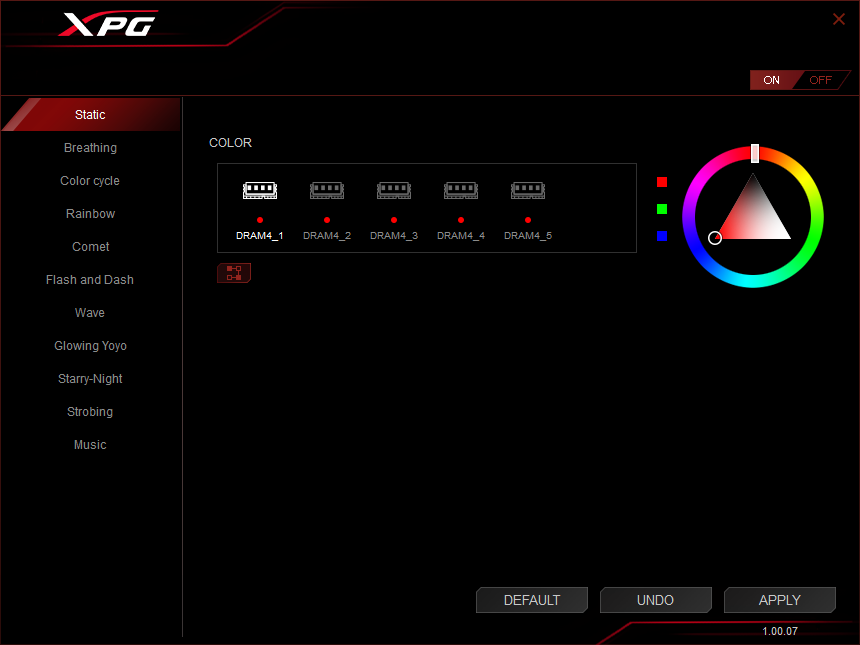

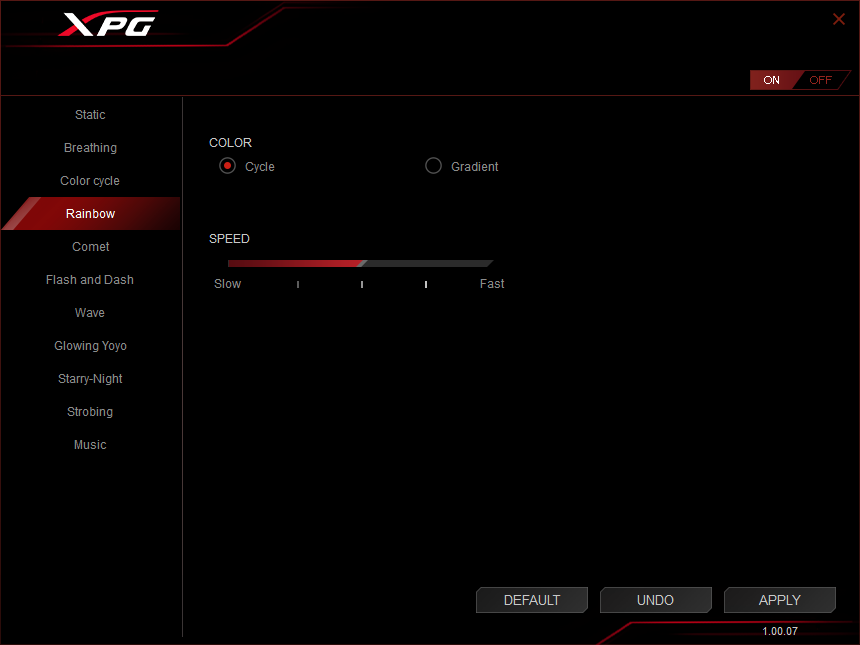

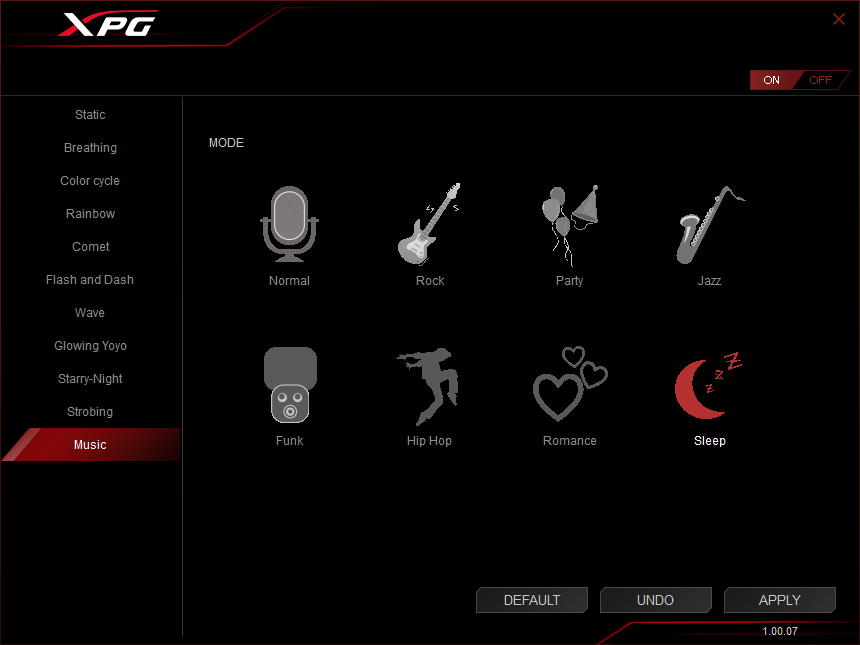
After we cleaned up a messed-up uninstall of MSI’s RGB software, the Adata beta software worked flawlessly. The easiest way to clean up the previous uninstall was to reinstall that software and uninstall it again. In the midst of that process, we took the following screenshot of MSI's Mystic Light working flawlessly with the XPG Spectrix D40 memory, which was a pleasant finding given our spotty history with Mystic Light.
Get Tom's Hardware's best news and in-depth reviews, straight to your inbox.
Adata DRAM, this kit included, carries a lifetime replacement limited warranty.
Comparison Hardware
The current standard for DDR4 ICs is 8Gb (8 gigabit) capacity, which means an 8GB module will have eight ICs; as each IC has an 8-bit pathway, all eight make up a single 64-bit “rank.” That said, DDR4 can also support a second rank on the opposite side, which facilitates the production of 16GB modules. In theory, a dual-channel motherboard should find identical performance between two 16GB dual-rank and four 8GB single-rank modules, since both configurations have four total ranks. So, to test this theory, we’ve included a competitor’s 32GB DDR4-3000 two-DIMM kit in today’s charts.
An earlier standard for DDR4 ICs was 4Gb capacity, and 8GB modules containing those ICs are organized as two 4GB ranks. Curious to see if there was any performance benefit for eight total ranks, we grabbed four of Super Talent’s old F3000UB8G modules and stuck them in the charts. (These aren’t available as a four-DIMM kit, so we’re not including the product link.)
We’ve expanded outward from our Corsair DDR4-4600 review by switching to a board that supports four DIMMs. MSI’s Z370 Godlike Gaming doesn’t have any memory-overclocking advantages of the smaller board used in that review, but it has similar performance scaling and can push several of our kits past DDR4-4000. We’re also retaining the hardware from that review, including its GTX 1080 and Toshiba/OCZ NVMe SSD.
MORE: Best Memory
MORE: DDR DRAM FAQs And Troubleshooting Guide
MORE: All Memory Content
-
-Fran- I'm actually surprised to see some games being affected so much by the lower speed RAM and some by the tight timings.Reply
Nice piece of information as usual.
Cheers! -
Onus Twenty or so years ago, bling took the form of windowed cases with illuminated fans (case, CPU cooler, AND PSU), and cold-cathode lighting. The latter turned into monocolor LED light strips and/or spots, and most coolers and all but garbage PSU-shaped objects relinquished the lighted fans.Reply
Then, motherboards started introducing LED effects, including "breathing" and pulsing. Now we've got this; more and more components offer RGB lighting.
None of it makes a PC so much as 1MHz faster. How many more watts does a fully blinged-out PC slurp from the wall? My guess is somewhere in the range of 1d4+1. -
BaRoMeTrIc come on adata, stop with the red heatspreaders for your rgb ram. NO ONE wants red in a build with rgb. Stick with black, grey, and white.Reply -
BaRoMeTrIc Reply
Custom PC building is more than just making a functional high performance gaming pc., It's an artistic expression. at least for myself and many others it is. It's fine to just want a plain functional pc, but for many others we put a lot of time and effort into making our pcs a showpiece.20901724 said:Twenty or so years ago, bling took the form of windowed cases with illuminated fans (case, CPU cooler, AND PSU), and cold-cathode lighting. The latter turned into monocolor LED light strips and/or spots, and most coolers and all but garbage PSU-shaped objects relinquished the lighted fans.
Then, motherboards started introducing LED effects, including "breathing" and pulsing. Now we've got this; more and more components offer RGB lighting.
None of it makes a PC so much as 1MHz faster. How many more watts does a fully blinged-out PC slurp from the wall? My guess is somewhere in the range of 1d4+1.

